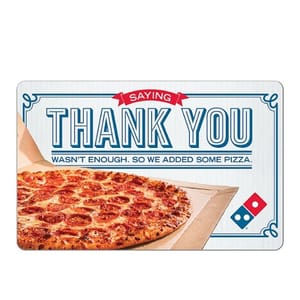Most customers don’t want to be “wowed”; they want an effortless experience.
Companies love sharing stories about how they went the extra mile to delight their customers. While those make great marketing stories and morale-boosting anecdotes, ‘wowing customers’ shouldn’t be a company goal.
In his book The Effortless Experience, Matthew Dixson presented findings based on his and CEB’s research on customer loyalty, he found that “there is no difference between those customers whose expectations are exceeded and those whose expectations are simply met in terms of loyalty.” Loyalty actually plateaus once customer expectations are met. Customers don’t need to be dazzled, they just want to get their problem solved.
Delighting customers is expensive and therefore a hard target to hit with regularity, getting the fundamentals right is the thing that ultimately matters, in the long run, to maintain loyalty and make customers satisfied, i.e. simply helping customers with whatever problems they come to you to solve, with minimal effort required from them. Or is it so simple?
Dixson’s reminder is invaluable. Because most companies don’t and are probably not aiming to get the basics right. B2C companies create advanced recommendation systems to predict customers' preferences while ignoring the fact that it takes ~15 mins for their customers to checkout. B2B sales spend their energy on researching their prospects’ hobby to delight them with relevant small talks but take forever to respond to a prospect’s demo request. Both are perils of setting “wowing the customers” as a company goal — eyes on the wrong prize.
The effortless experience I recently encountered is with H&M. They had a delay in order processing due to current COVID precaution requirements. Even though they already put a banner notification on the site about the delay when I made my order; post-purchase, instead of leaving me wondering or having me take the time to reach out to them about my order status, they took the initiative to keep me in the loop — a “We haven’t forgotten about you” email with a CTA to the shipment tracking page. An effortless post-purchase experience through and through.

“Customer experience design is about anticipating customers’ needs” — a definition of CX design that I’ve come across recently. However, there are so many fundamentals that don’t need anticipation or prediction. What are those things you ask? Be a customer of your company, go through what your customers go through to buy your product, to use your product, or to get someone from your company to help.
Mentioned in this post:






